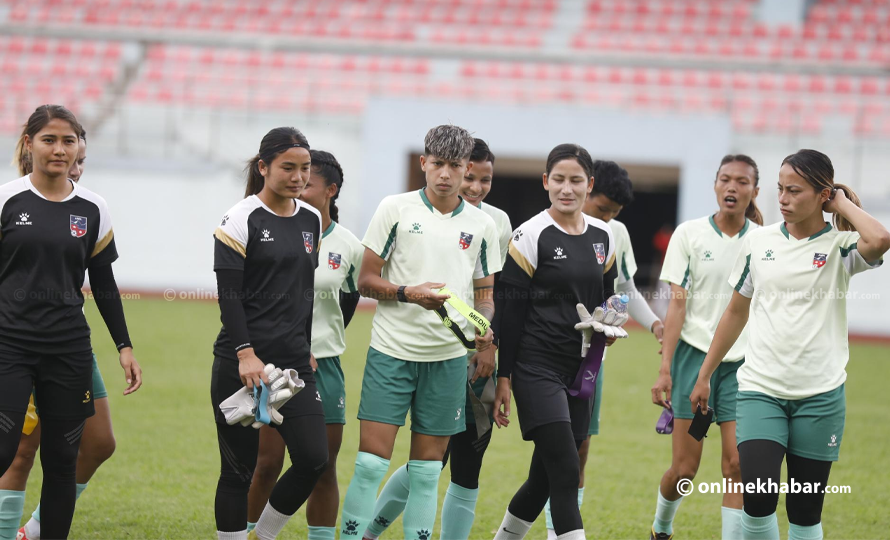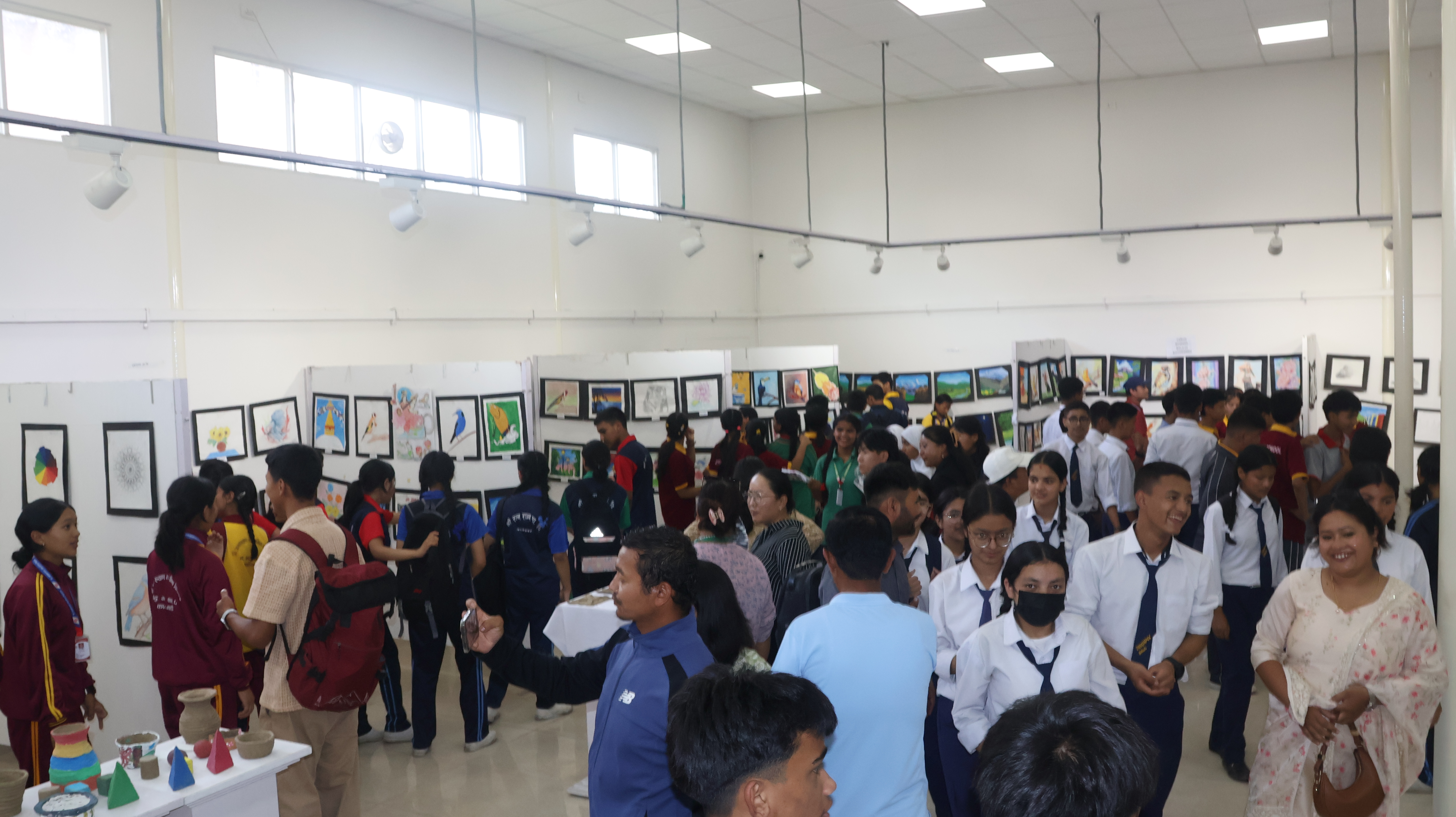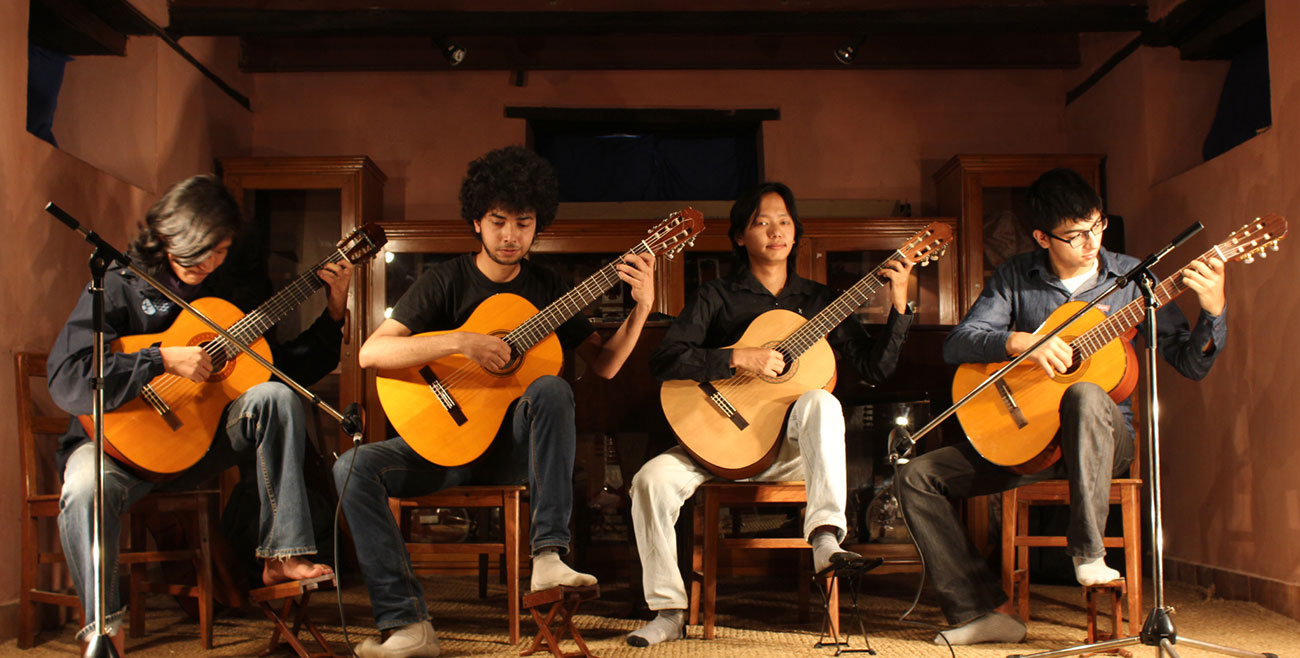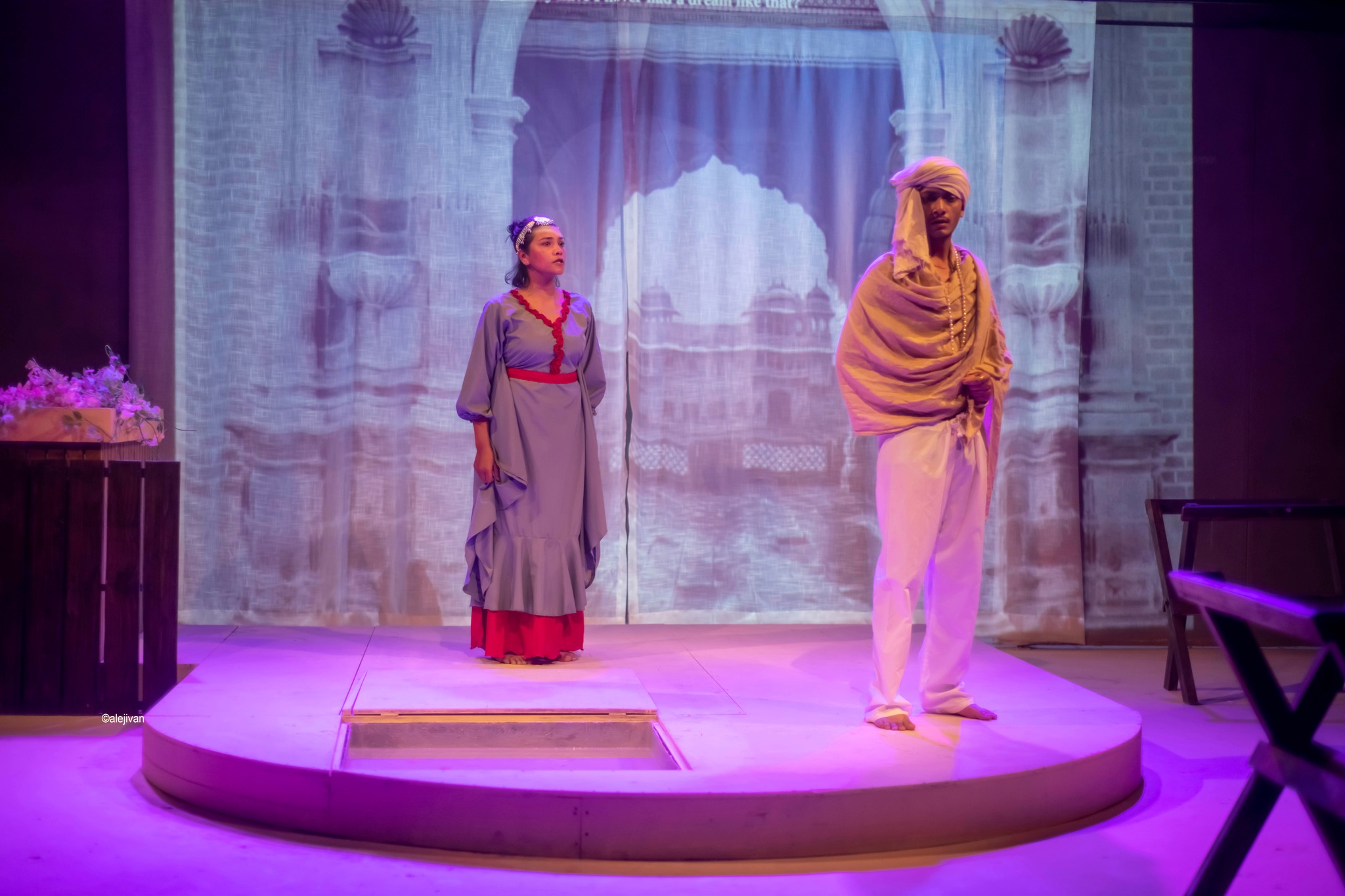
Kathmandu, August 27
On Thursday, July 26, thirteen-year-old Nirmala Pant asked her mother permission to go to her friend’s place two kilometres away. The ninth grader wanted to go to her friend Roshni Bam (Aanchal) to do her homework and fetch a notebook her friend had borrowed from her. At 11 am that day, Pant left her home in Bhimdutta Nagar-2 on her bicycle.
Nirmala would have normally returned home in a few hours, but she did not return even after dark that day. Her parents, both of whom are daily wage earners, were restless. She went to the Bams’ house at night to look for her daughter. But the sisters told her Nirmala had left at 2pm–they even gave her some guavas to eat along the way. According to Panta’s mother, she went to local police to request them to look for her daughter. However, police officials took the complaint ‘lightly’, allege the members of the Pant family. Nirmala’s mother stayed at the local police station until 2 am.
July 27
At around 9 am on Friday, police spotted a body on a sugarcane field owned by Lokendra Bhatta on the border between wards 2 and 18. A few feet away from the field, a bicycle and around half a dozen notebooks lay unattended. It was only a matter of few hours before it was established that the body belonged to Nirmala Pant, who had been missing since Thursday. Police suspected that Nirmala was also raped.
July 29
The family refused to receive Nirmala’s body, which was kept at the Mahakali Zonal Hospital. Her kin demanded that the authorities arrest and prosecute the perpetrators. However, the District Administration Office coerced the family into cremating the body. The funeral was guarded by police.
August 5
The post-mortem report showed that Nirmala was not only raped, but also strangled. Protests started in the city demanding speedy investigation into the case. Police, however, failed to book the perpetrators. Locals alleged that police were reluctant to investigate the case as officials found out that the evidence pointed at two ‘VIPs’.

August 20
Twenty-four days after Nirmala’s body was recovered, police officials organised a hasty press conference to tell the media that they had arrested a suspect in the case. Police had arrested 41-year-old Dileep Singh Bista, who according to locals was mentally handicapped. Locals, however, were not convinced that a handicapped man could carry out such an atrocity. They came out on the streets to protest and demand that the real perpetrators be brought to justice. Locals accused SP Diili Raj Bista of trying to shield the murderers.
August 23
Angry protesters gathered in major thoroughfares of the city demanding justice for Nirmala. Police opened fire on protesters leaving at least 10 injured. The Ministry of Home Affairs recalled SP Dilli Raj Bista, DSP Gyan Bahadur Sethi and CDO Kumar Khadka and sent SP Kuber Kathayat and CDO Taranath Adhikari to the district. A committee was also formed to investigate the incident.
August 24
Following the formation of the high-level probe committee, the city returned to normal as local people believed the committee would get to the bottom of the case. However, on Friday, protests erupted again. Police fired live rounds at protesters injuring half a dozen and killing a boy. The murder case sent shockwaves to Singha Durbar as NCP co-chair Prachanda called Prime Minister Oli to take the incident seriously.
So what incited the locals? NCP leader Bhim Rawal, in an interview with Rishi Dhamala, alleged that the incident was part of the opposition, Nepali Congress, to shield the perpetrators and attack the NCP’s local leaders. Rawal stressed the fact that the perpetrators of the crime should be arrested and punished. But his comments did not go down well with the locals.
Locals demanded that the probe committee investigate the involvement of police officials and the king of NCP leaders of the district. Citizens involved in protest say that firing of live rounds was not called for during the protest. They say that police official appeared petrified as the protest grew in intensity. Protesters also attacked Bhimdutta Nagar Mayor’s house for failing to take action against the culprits.
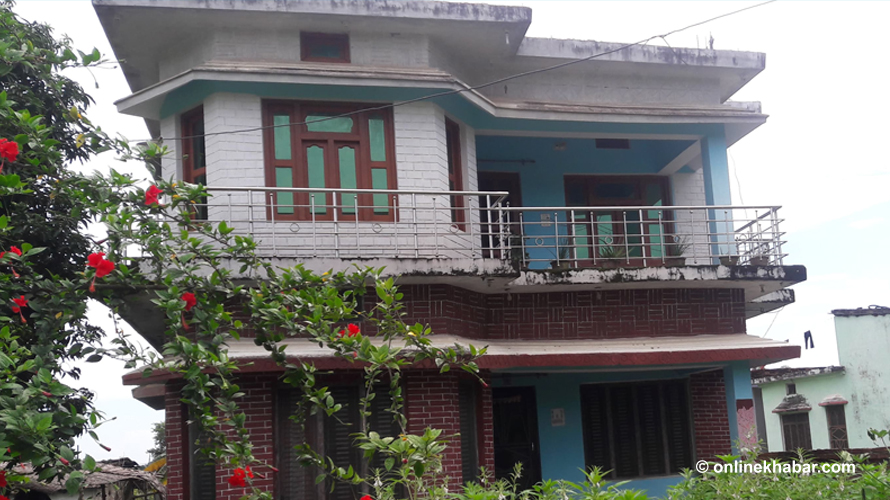
Local residents believe that the house where Nirmala was headed to before she went missing holds the key in the case. According to neighbours, the Bam sisters (Roshani and Babita) used to live in the house–their parents lived in Darchula. Sources say that two men frequented the house–one of them was then Kanchanpur SP Dilli Raj Bista’s son, and the other one was the nephew of the city’s mayor.
Locals have demanded that the two men, along with the sisters, be interrogated. They have also raised questions about the circumstances in which Nirmala’s notebooks were recovered. It had rained the night she had gone missing, but her notebooks were not wet. Similarly, the Bam sisters told Nirmala’s mother that they had given Nirmala some guavas before she left the place at 2pm. But the Bam residence does not have a guava tree.
After all pieces of evidence pointed towards the Bam sisters, police later detained them for investigation. However, after protests spread, police provided security for the house and called their parents. According to sources, the Bam sisters’ father is a good friend of SP Dilli Raj Bista.
Meanwhile, the whole country is closely following the events in Kanchanpur. Rallies have been organised in different parts of the country demanding justice for Nirmala. SP Kuber Kadyat has hinted that the case will be investigated from scratch. The case has received so much attention that police are under immense pressure to resolve it at the earliest.










